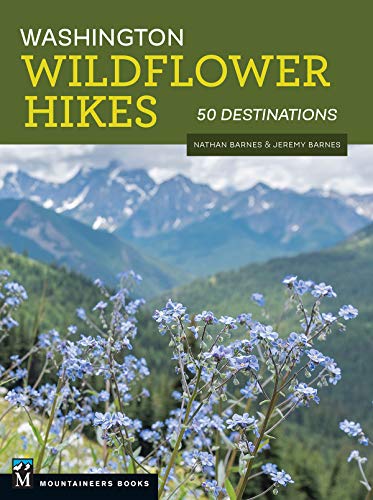Squak Mountain - East Ridge to Phil's Creek
Explore this oft-overlooked section of Squak Mountain on this approachable hike.
Total Distance: 8.0 miles
Total Ascent: 1000ft
Highest Point: 1560ft
Total Ascent: 1000ft
Highest Point: 1560ft
To get to the trailhead we used, take I-90 to Exit 17 and take a right on Front Street. After you pass through downtown Issaquah and just before Front Street becomes the Issaquah-Hobart Road, keep an eye out for Sycamore Drive on the left. Follow Sycamore Drive as it twists itself into Hillside Drive and finally Crystal Creek Circle. You’ll see a gravel path between the houses barred by a couple of wooden posts with white painted tops on your left. Park along the street and head up. View Google Directions >>
The hike begins by threading your way between houses along the Sycamore Access Trail. As you wander under the forest canopy, you will pass many Little Side trails and loops that are worthy of exploration. As you press on, you will soon be switchbacking up Squak along the East Ridge trail, occasionally catching glimpses of the surrounding mountains through peek-a-boo portals in the forest wall. Eventually reach Phil’s Creek and follow it to the park boundary, enjoying the landscape as it transitions from dense second-generation firs and pines to marshy wetlands and stands of alder.
Squak is a great choice for trail running or a casual stroll and the area also offers many equestrian trails. This hike is ideal for Squak Trail vetrans looking for a little more solace.
Squak is a great choice for trail running or a casual stroll and the area also offers many equestrian trails. This hike is ideal for Squak Trail vetrans looking for a little more solace.
History
This area of the park feels a little more wild than more traveled portions. Squak was never logged to the same degree that Tiger and Cougar have been, and while there is clear evidence of logging in the form of large decaying tree stumps, most of the park has been sheltered from the axe for quite some time. This is largely due to the explicit restrictions the Bullitt family placed on the use of the 590 acres they donated the State of Washington back in the 1970’s that became the heart of the now much larger Squak Mountain State Park. Logging and motorized vehicles are prohibited in most of the park, something of a contrast to the “working” forests of Tiger and Cougar.
Similar Difficulty
Similar Features












